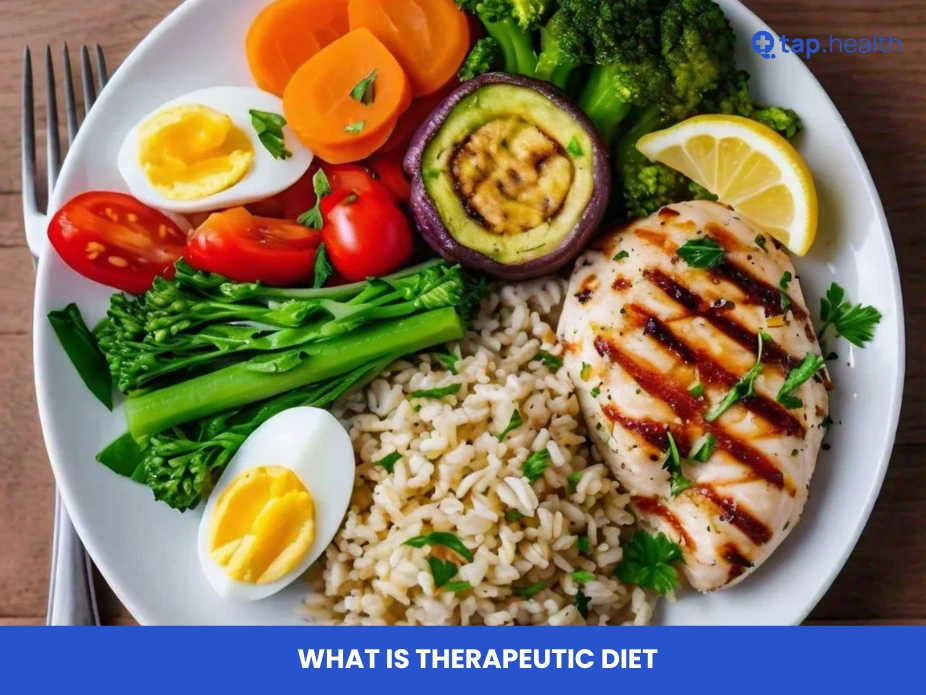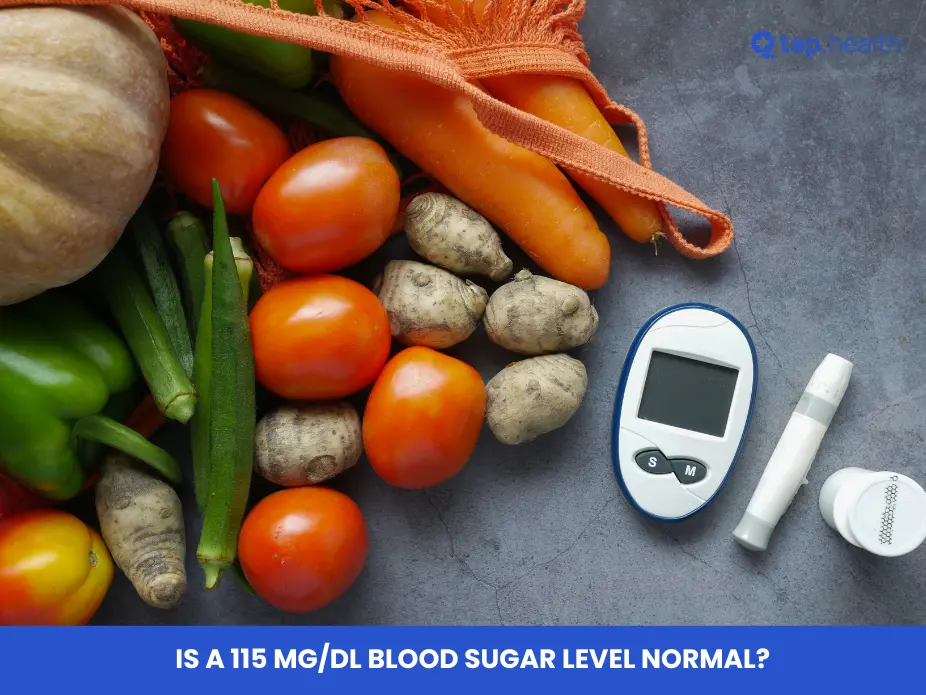Fish is often considered one of the best sources of high-quality protein, essential for building muscles, repairing tissues, and supporting immune function. But when it comes to choosing the right fish, you might wonder, “What is the protein content in different fish?” In this comprehensive guide, we’ll explore the protein content of various popular fish types, their health benefits, and tips for incorporating them into your diet. Whether you’re a fitness enthusiast or just someone looking to improve your nutrition, understanding the protein content of fish is crucial for making informed food choices.
Understanding Protein and Its Importance
Before we dive into the protein content of different fish, let’s quickly revisit what protein is and why it’s important for your health.
What is Protein?
Protein is one of the three main macronutrients (along with carbohydrates and fats) that provide the energy your body needs to function. It is made up of amino acids, which are the building blocks of your muscles, tissues, and organs. Protein plays a vital role in:
Building and repairing tissues
Producing enzymes and hormones
Supporting immune function
Promoting healthy skin, hair, and nails
Helping transport nutrients through the blood
For those who lead active lives or are trying to build muscle, protein becomes especially important, and fish is one of the best sources.
Why Fish is a Great Source of Protein
Fish is packed with high-quality protein that is easily digestible and provides a good balance of essential amino acids. Besides protein, fish also offers a variety of other nutrients like omega-3 fatty acids, vitamins, and minerals, making it an excellent choice for a balanced diet.
High in Omega-3 Fatty Acids: Fish like salmon, mackerel, and sardines are rich in omega-3 fatty acids, which are beneficial for heart health and reducing inflammation.
Low in Fat: Most fish are low in fat, making them an ideal option for anyone looking to maintain a healthy weight.
Rich in Micronutrients: Fish provides essential vitamins and minerals like vitamin D, vitamin B12, iodine, and selenium.
Now that we understand the benefits of fish, let’s take a closer look at the protein content in some popular fish.
Protein Content in Different Fish
The protein content in fish can vary depending on the species, size, and preparation method. On average, fish provides around 20-25 grams of protein per 3-ounce (85-gram) serving. Below are some common types of fish and their protein content per serving.
1. Salmon
Salmon is often regarded as a superfood due to its high omega-3 fatty acids and protein content. A 3-ounce serving of cooked salmon contains:
Protein Content: 22 grams
Calories: 200
Fat: 10 grams (mostly healthy fats)
Salmon is an excellent choice for those seeking high-quality protein and heart-healthy fats. It’s also rich in vitamins B12 and D, making it a nutritious option for overall health.
2. Tuna
Tuna is another protein-packed fish, known for its versatility in dishes like sushi, salads, and sandwiches. A 3-ounce serving of cooked tuna contains:
Protein Content: 22 grams
Calories: 130
Fat: 1 gram
Tuna is incredibly lean, meaning it’s low in fat but still high in protein. It’s a great option for people looking to increase their protein intake without consuming extra calories.
3. Cod
Cod is a mild-tasting white fish that is low in fat and a good source of protein. A 3-ounce serving of cooked cod contains:
Protein Content: 20 grams
Calories: 90
Fat: 1 gram
Cod is a lean fish with a soft texture, making it ideal for various recipes. It’s a great option for those who are watching their fat intake.
4. Tilapia
Tilapia is one of the most commonly consumed fish worldwide, known for its mild flavor and affordability. A 3-ounce serving of cooked tilapia contains:
Protein Content: 21 grams
Calories: 110
Fat: 2.5 grams
Tilapia is a budget-friendly source of protein and can be easily incorporated into different dishes. While it’s not as high in omega-3s as fatty fish like salmon, it still offers a solid amount of protein.
5. Sardines
Sardines are small but mighty fish packed with protein, omega-3s, and calcium. A 3-ounce serving of canned sardines (in oil) contains:
Protein Content: 21 grams
Calories: 180
Fat: 10 grams
Sardines are rich in omega-3 fatty acids, which promote heart health, and they’re also a great source of calcium, making them an excellent choice for overall health.
6. Mackerel
Mackerel is a fatty fish that is high in both protein and omega-3 fatty acids. A 3-ounce serving of cooked mackerel contains:
Protein Content: 20 grams
Calories: 220
Fat: 15 grams
Mackerel is a rich source of healthy fats and protein, and its omega-3 content is higher than that of many other fish, making it an excellent choice for heart health.
7. Rainbow Trout
Rainbow trout is a delicious and nutritious fish that’s packed with protein and omega-3 fatty acids. A 3-ounce serving of cooked rainbow trout contains:
Protein Content: 22 grams
Calories: 180
Fat: 10 grams
Rainbow trout is a great source of protein and heart-healthy fats, making it a popular choice among people looking for a nutrient-dense meal.
8. Herring
Herring is a small fish that’s often eaten pickled, smoked, or grilled. A 3-ounce serving of cooked herring contains:
Protein Content: 22 grams
Calories: 230
Fat: 14 grams
Herring is another excellent source of omega-3 fatty acids, and its protein content is comparable to that of other fatty fish. It’s a flavorful option for those who enjoy fish with a more robust taste.
How to Incorporate Fish into Your Diet
Fish is a versatile ingredient that can be prepared in numerous ways. Here are some ideas for adding more fish to your meals:
1. Grilled or Baked Fish
Grilling or baking fish is one of the healthiest ways to prepare it. You can season fish with herbs, lemon, and olive oil to enhance its flavor.
2. Fish Tacos
Fish tacos are a fun and delicious way to enjoy fish. Use grilled or baked fish like cod, tilapia, or mahi-mahi for a protein-packed meal.
3. Fish Salad
Add grilled or canned fish like tuna or salmon to your salads. This will not only boost the protein content but also add a rich flavor to the dish.
4. Fish Stir-Fry
A fish stir-fry with vegetables is a quick and healthy dinner option. You can use any firm fish like tuna, salmon, or cod for this dish.
5. Fish Soup or Stew
Fish soups and stews are a great way to incorporate different types of fish into one meal. Combine fish like cod, salmon, and mackerel with vegetables and broth for a hearty, nutritious meal.
Real-Life Scenario
Ravi, a fitness enthusiast, wants to increase his daily protein intake to build muscle. He replaces red meat with fish like tuna and salmon. By eating 150 grams of grilled salmon, Ravi gets around 33 grams of protein, along with healthy omega-3 fats — making it a great post-workout meal.
Similarly, someone looking to lose weight can opt for lean fish like cod or tilapia, which offer high protein but are lower in calories and fat.
Expert Contribution
Nutritionists emphasize that fish protein is easier to digest compared to red meat. According to dietitians, fish provides all essential amino acids, making it a complete protein source.
Experts also highlight that oily fish like salmon, sardines, and mackerel provide not only protein but also omega-3 fatty acids, which support heart and brain health. They recommend eating fish at least two times a week as part of a balanced diet.
Recommendations Grounded in Proven Research and Facts
Choose lean fish for low-calorie, high-protein meals (like cod, tilapia, and sole).
Eat oily fish twice a week to get healthy fats and essential nutrients.
Avoid deep-fried fish, as it adds unhealthy fats and reduces protein quality.
Pair fish with vegetables or whole grains for a balanced meal.
Research-backed tip: Studies show that people who include fish in their diet regularly have better muscle mass retention and improved heart health compared to those who don’t.
Frequently Asked Questions (FAQs) on What is the Protein Content in Different Fish?
1. What Fish Has the Most Protein?
Fatty fish like salmon, tuna, and sardines are generally the highest in protein. On average, a 3-ounce serving of these fish contains about 22 grams of protein.
2. Which Fish is Best for High Protein?
Salmon, tuna, and sardines are excellent sources of high-quality protein, with around 22 grams per 3-ounce serving. These fish also provide omega-3 fatty acids and other essential nutrients.
3. Is Fish Protein Better Than Chicken?
Fish is an excellent source of protein, often containing fewer calories and less fat than chicken. Additionally, fish like salmon and mackerel offer the added benefit of omega-3 fatty acids, which are beneficial for heart health.
4. How Much Protein Should You Get from Fish?
The average person needs around 46-56 grams of protein per day, depending on age, gender, and activity level. A 3-ounce serving of fish provides around 20-25 grams of protein, which can contribute significantly to meeting your daily protein needs.
5. Can I Eat Fish Every Day for Protein?
Yes, eating fish every day can help you meet your protein requirements. However, it’s important to vary the types of fish to ensure you’re getting a balance of nutrients and avoiding excessive mercury exposure, which can be a concern with certain fish like tuna.
6. What Fish Is Best for Weight Loss?
Fish like cod, tilapia, and salmon are great options for weight loss because they are high in protein and low in fat. They help keep you full and satisfied while providing essential nutrients.
Conclusion
When it comes to getting high-quality protein, fish is an excellent choice. The protein content in different fish varies, but many types, such as salmon, tuna, and sardines, provide substantial amounts of protein along with other vital nutrients. Incorporating fish into your diet regularly can help support muscle growth, improve heart health, and promote overall well-being. Be sure to include a variety of fish in your meals to enjoy the full spectrum of benefits these delicious, protein-packed foods have to offer.



